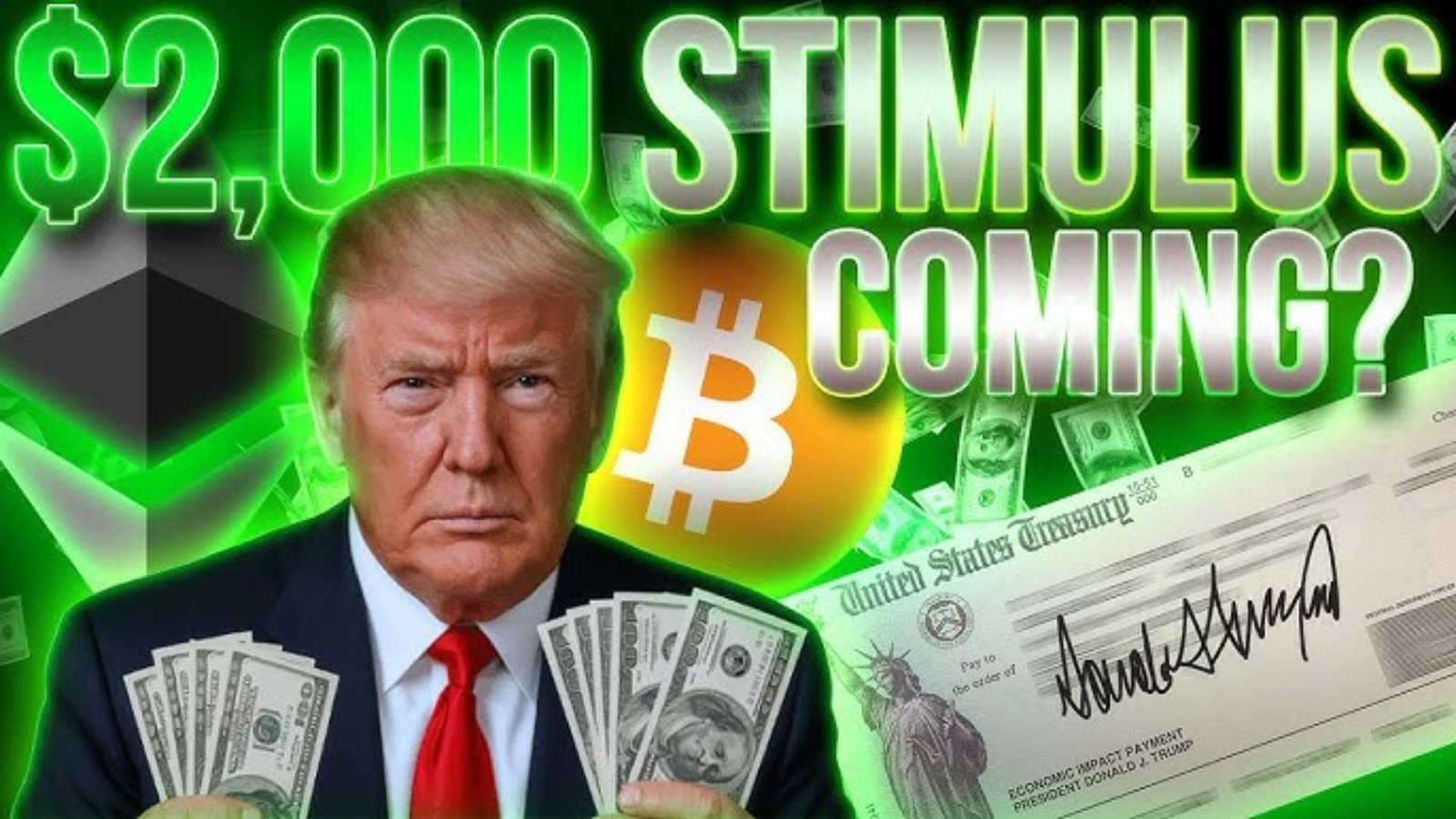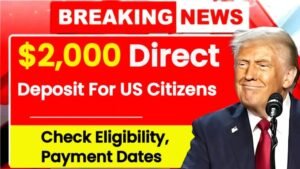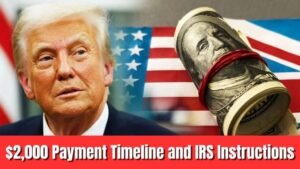In a bold move to ease rising living costs, President Donald Trump has promised $2,000 tariff checks to millions of everyday Americans. These one-time payments would come straight from money collected on imported goods, aiming to put cash back into pockets while boosting U.S. factories and jobs. But turning this idea into real checks isn’t simple—legal hurdles, budget math, and political votes stand in the way. If you’re wondering how to qualify for Trump’s $2,000 tariff checks and when they might arrive, this guide breaks it all down in plain English. We’ll cover the basics, key steps needed, potential roadblocks, and why this could reshape your wallet in 2026.
What Are $2,000 Tariff Checks? A Simple Breakdown
Tariffs are like extra taxes on goods coming into the U.S. from other countries, such as cars from China or steel from Europe. Trump’s team says these fees have brought in billions—over $220 billion so far—by protecting American workers and encouraging companies to build here at home. The plan? Share some of that cash with you.
- Who gets it? Low- and middle-income folks, likely those earning under $100,000 a year (exact rules TBD). High earners are out.
- How much? At least $2,000 per person, possibly more for families.
- Why now? With prices for groceries and gas still high, Trump sees this as a quick win to help families afford basics.
Trump first teased this on Truth Social in early November 2025, calling tariffs a “foolproof” way to fund rebates. White House officials back it, but experts warn the numbers might not add up without big changes.
The Step-by-Step Path: What Needs to Happen for $2,000 Tariff Checks
Getting $2,000 tariff checks mailed out requires teamwork between the White House, courts, and Congress. Here’s the roadmap in easy terms:
Step 1: Win the Supreme Court Battle on Tariffs
Trump’s tariffs rely on emergency powers to slap fees on imports fast. But businesses are suing, saying he overstepped. The Supreme Court heard arguments in November 2025 and could rule soon—maybe by early 2026.
- If they win: Tariffs stay, and revenue keeps flowing (projected $200–300 billion yearly).
- If they lose: Billions might get refunded to companies, slashing funds for checks. This could delay or kill the plan.
A favorable ruling is job one—without it, there’s no money pot to dip into.
Step 2: Craft and Pass a Bill in Congress
Congress holds the “power of the purse,” meaning they must approve spending. No bill exists yet, but ideas like Sen. Josh Hawley’s $600 rebate (from July 2025) could expand to $2,000.
- Timeline: Aim for mid-2026 rollout, per Trump. Lawmakers need to debate, vote, and sign by spring.
- Key players: Republicans lead, but Democrats might demand tweaks, like broader aid for inflation-hit areas.
Trump’s team, including Treasury Secretary Scott Bessent, stresses legislation is a must. “We need Congress for that,” Bessent said on Fox News.
Step 3: Fix the Money Math and Set Rules
Even with tariffs safe, costs could hit $300–600 billion for 150–163 million people. Current revenue? Just $195–220 billion. Extra funds might come from future tariffs or debt cuts, but critics call it a “net loss.”
The IRS would handle sending checks, similar to COVID stimulus. Expect simple rules: File taxes, prove income, and wait for direct deposit or mail.
Potential Roadblocks: Why $2,000 Tariff Checks Might Stall
Not everyone’s cheering. Here’s a quick table of pros, cons, and fixes:
| Aspect | Pros | Cons | Possible Fix |
|---|---|---|---|
| Legal Hurdles | Boosts U.S. jobs and factories | Supreme Court could strike down tariffs | Stronger emergency law arguments |
| Cost Concerns | Direct cash for families | $300B+ price tag exceeds revenue | Limit to adults only or phase in |
| Inflation Impact | Lowers debt with leftovers | Tariffs raise prices on imports | Exempt food/ag goods from fees |
| Politics | Wins voter support on affordability | Needs bipartisan votes in Congress | Tie to popular tax cuts (no tax on tips) |
Experts like Erica York from the Tax Foundation say: “The math doesn’t check out yet.” Plus, if checks go out before a court loss, refunds could get messy.
Timeline for $2,000 Tariff Checks: When Could You See the Money?
Trump says mid-2026 is the goal—”a little later than that” if needed. Here’s a projected schedule:
- Nov–Dec 2025: Supreme Court decision.
- Jan–Mar 2026: Congress drafts and debates bill.
- Apr–Jun 2026: Law passes; IRS preps lists.
- Jul 2026+: Checks mailed or deposited.
Delays could push it to late 2026 or beyond. Trump ties it to his “One Big Beautiful Bill” for tax relief, hinting rebates might blend with cuts on overtime or Social Security taxes.
How $2,000 Tariff Checks Fit Trump’s Bigger Economic Vision
This isn’t just free money—it’s part of Trump’s push for “America First.” Tariffs aim to bring factories home, create jobs, and cut the $38 trillion national debt. Leftovers after checks? Straight to debt reduction, Trump promises.
But skeptics worry tariffs act like a hidden tax, hiking costs for everyday items. The White House counters: “We’re the richest, most respected country—with record stock markets and 401(k)s.”
Final Thoughts: Stay Tuned for $2,000 Tariff Checks Updates
Trump’s $2,000 tariff checks could be a game-changer for squeezed families, but it hinges on court wins, Congress action, and smart budgeting. If passed, expect easy qualification via your tax return—no fancy applications. Watch for bill news in early 2026; it could mean real relief amid inflation woes.
What do you think—smart rebate or risky gamble? Share in the comments. For the latest on $2,000 tariff checks, bookmark this page—we’ll update as Trump pushes forward.



